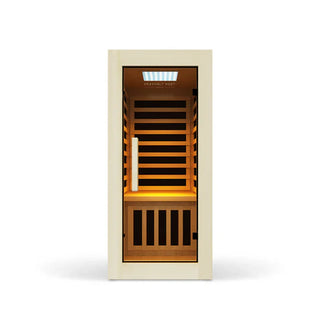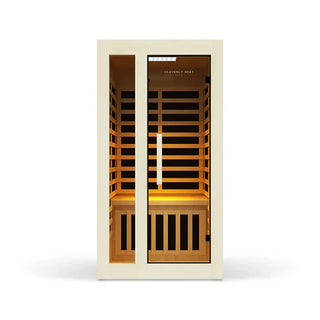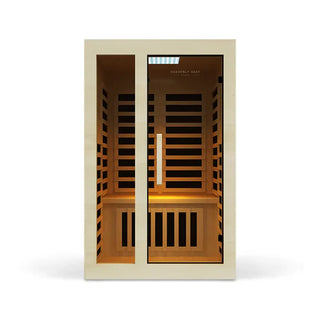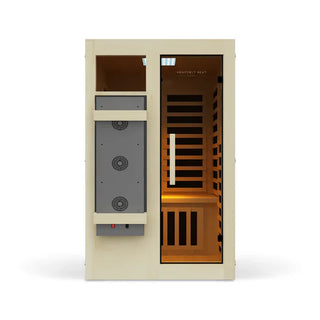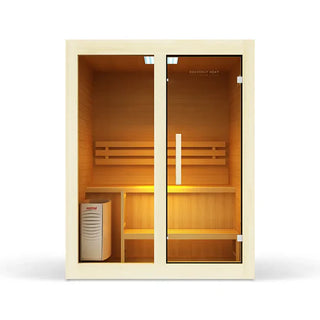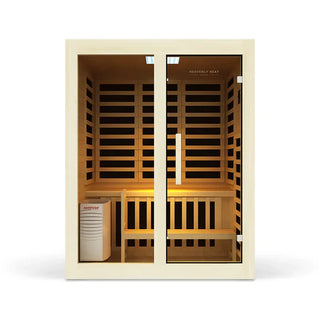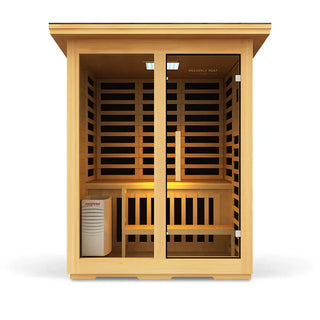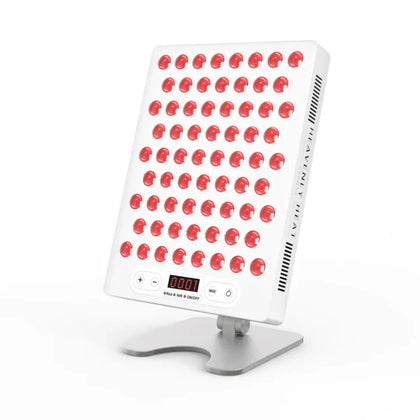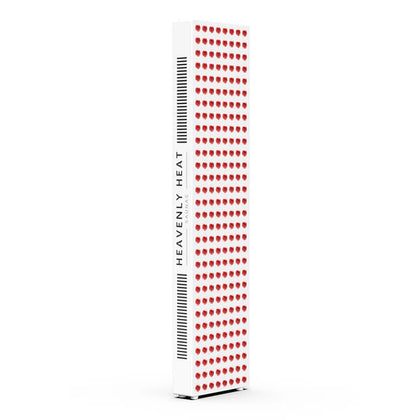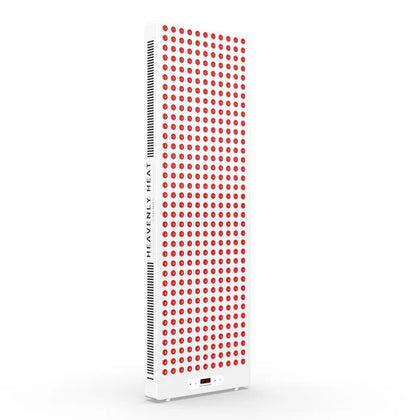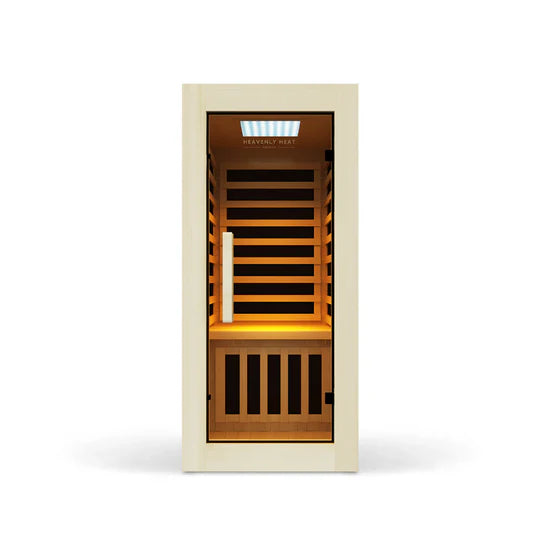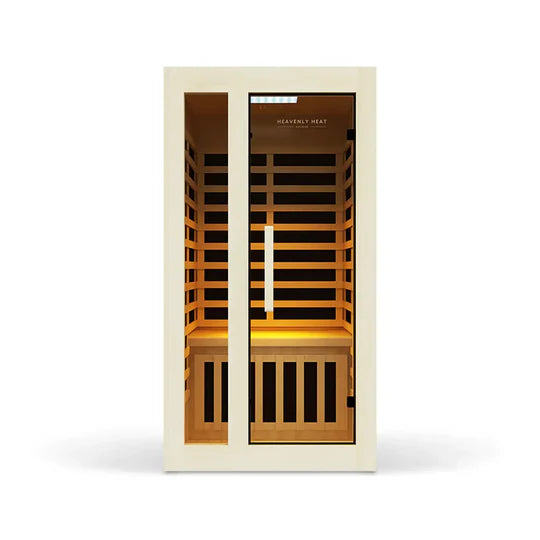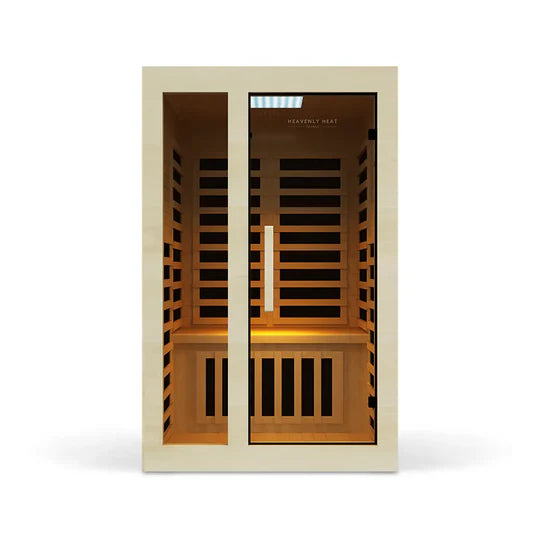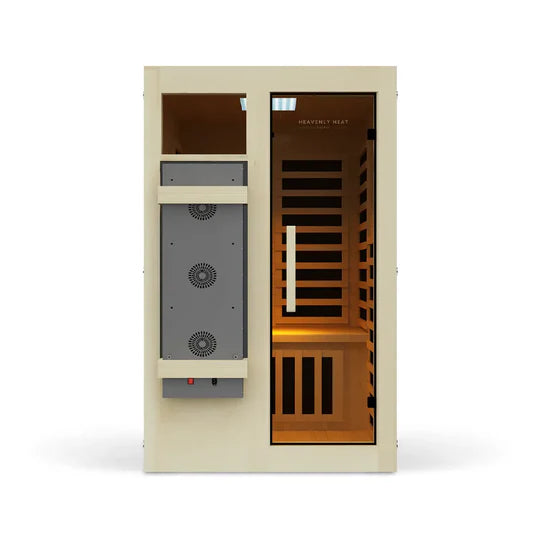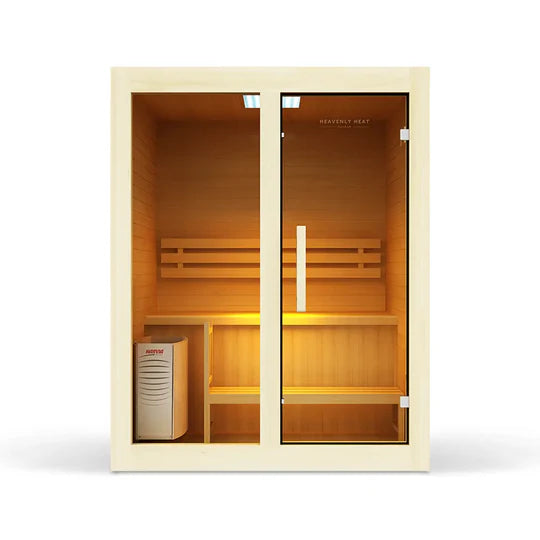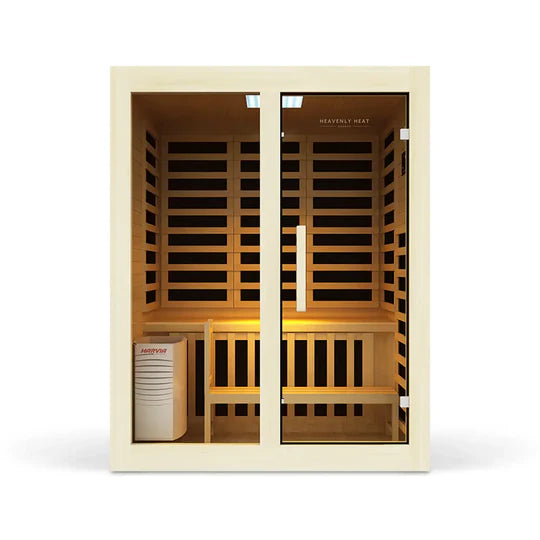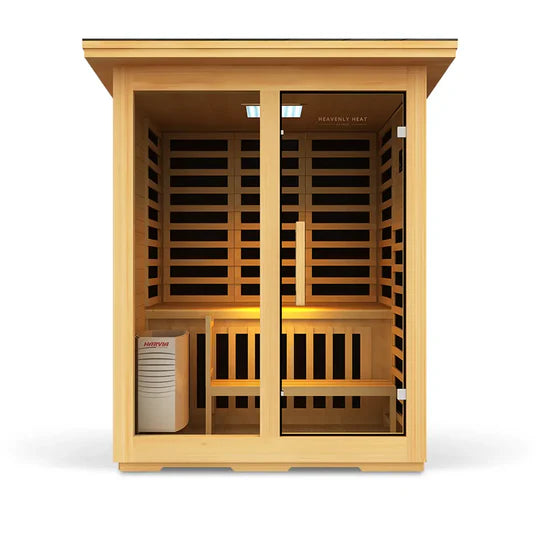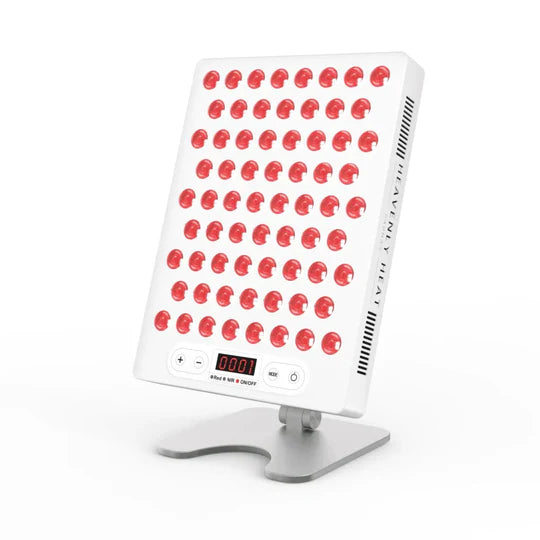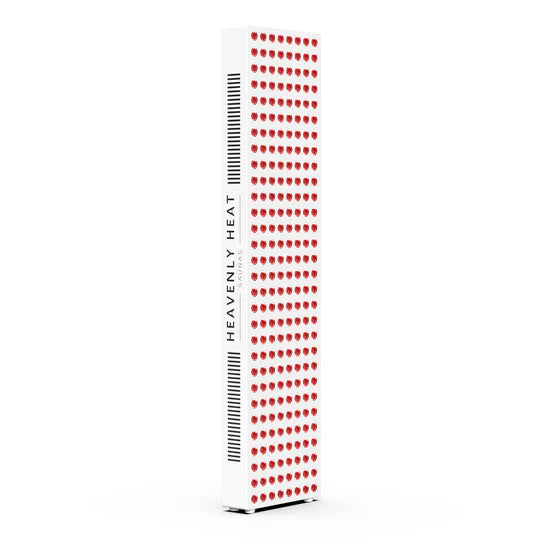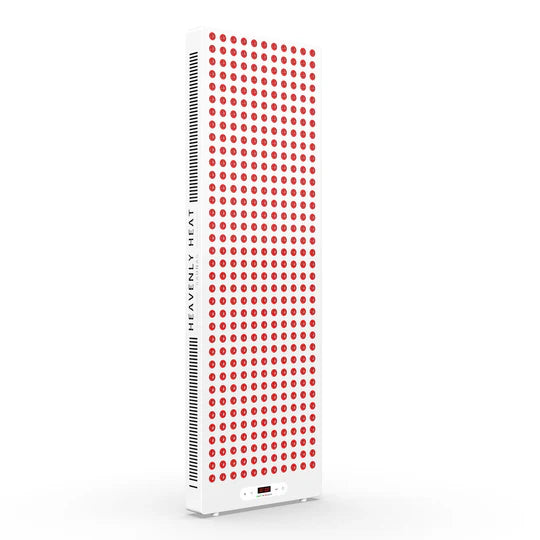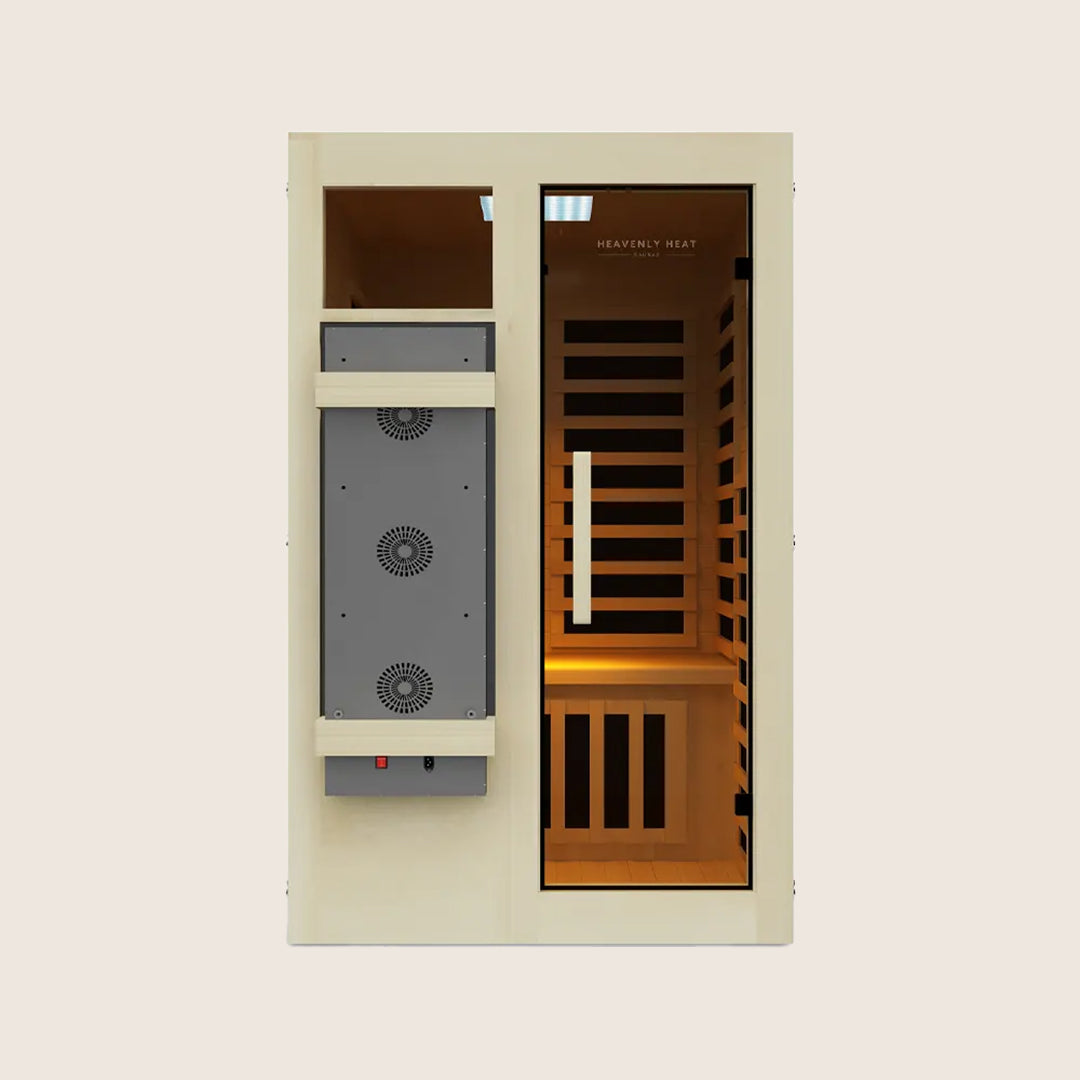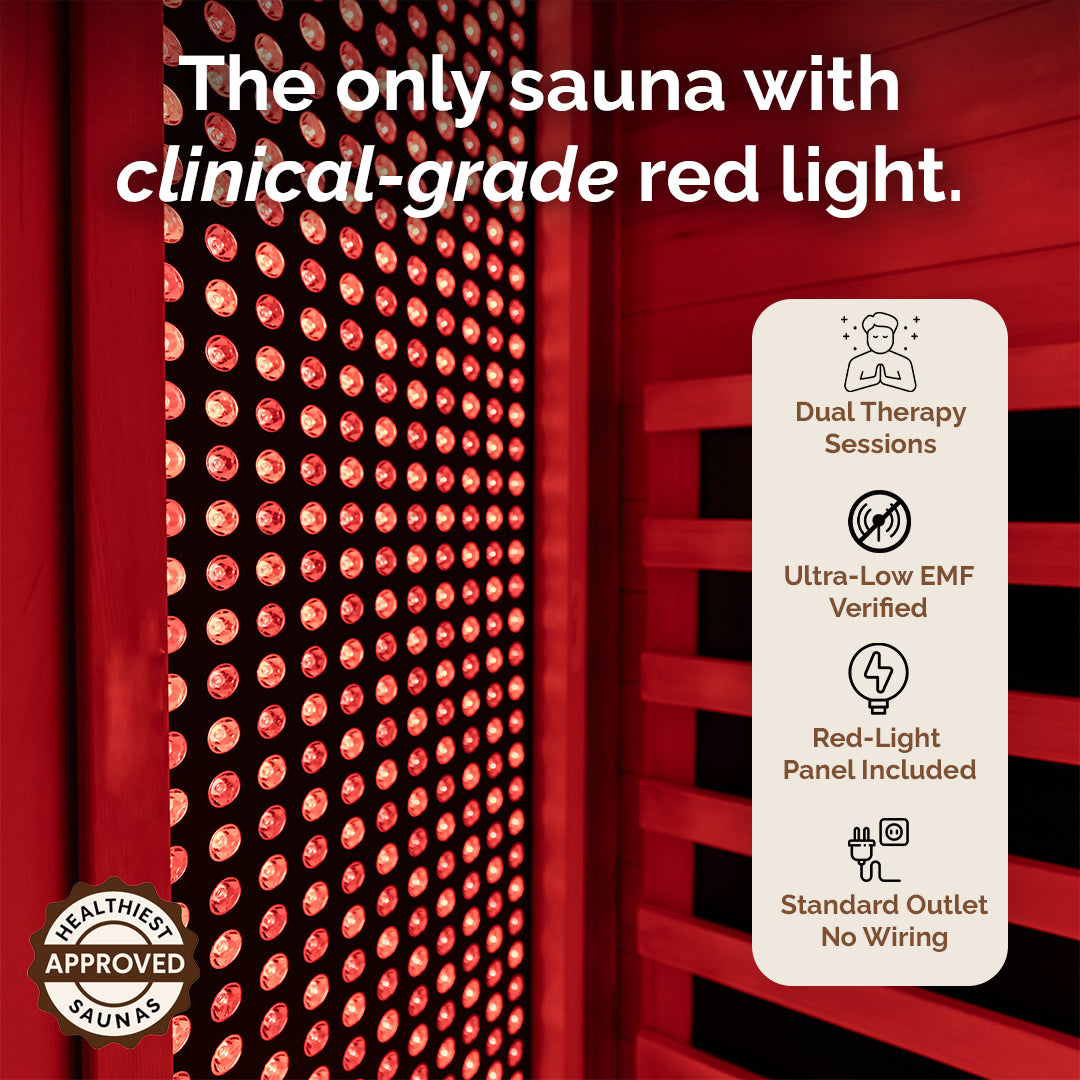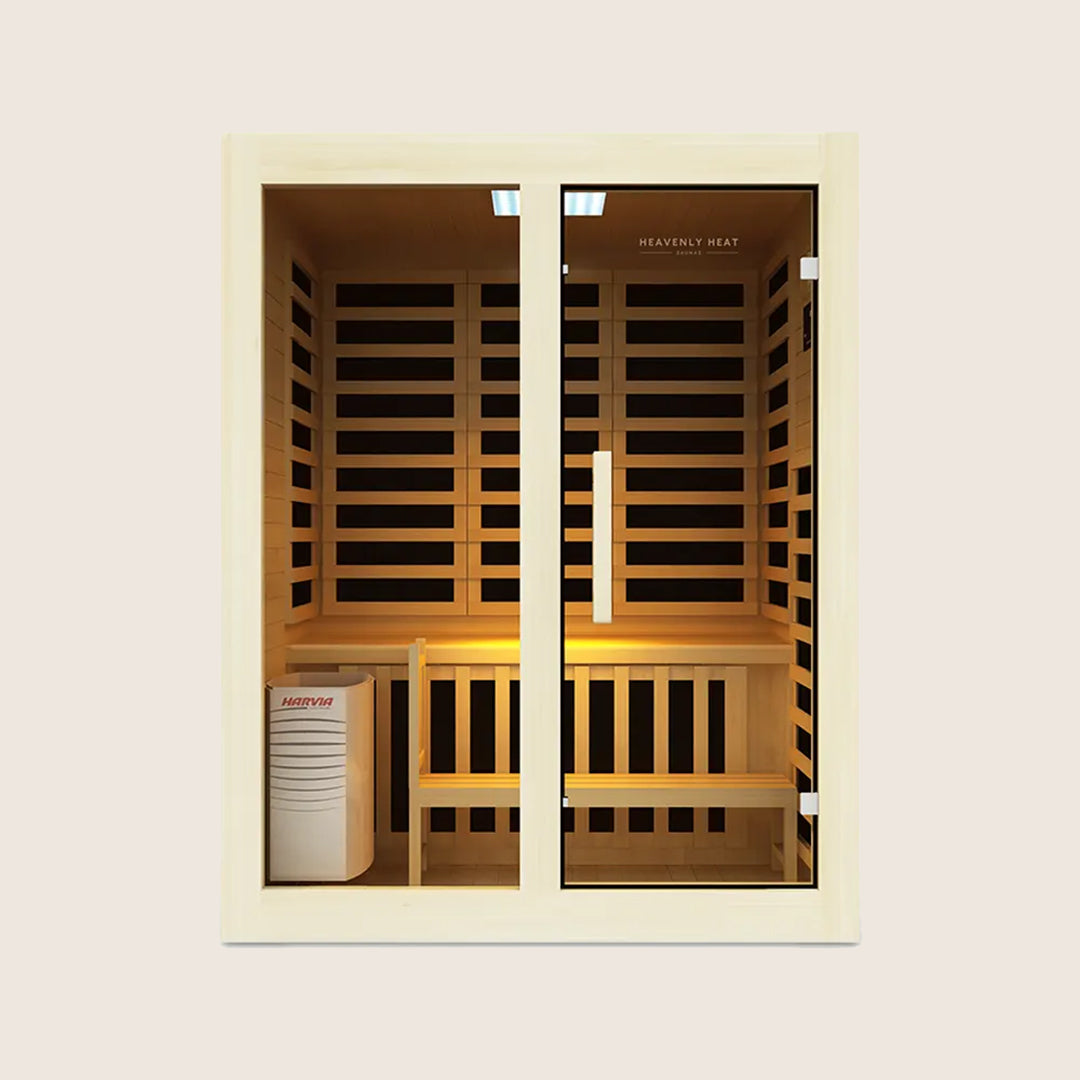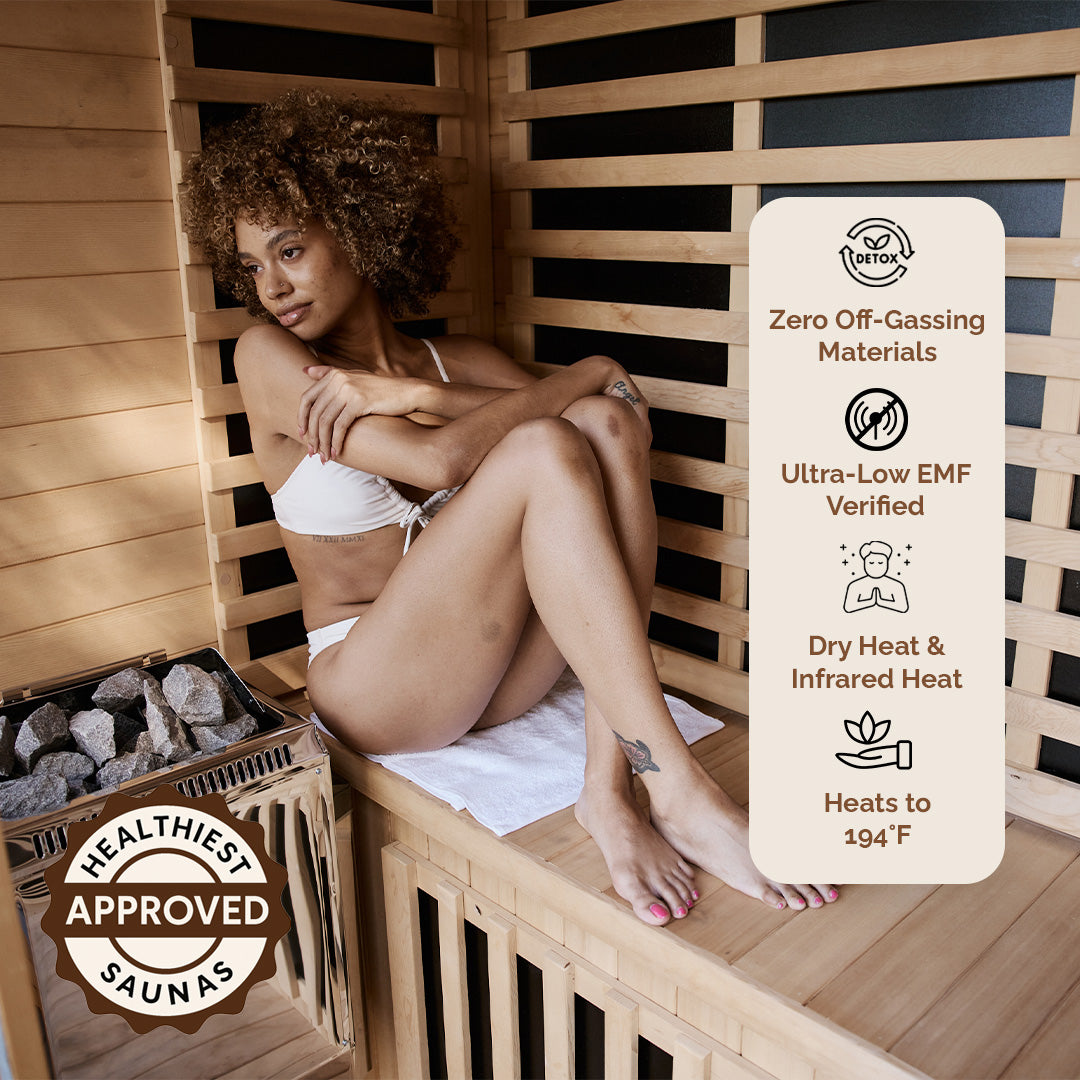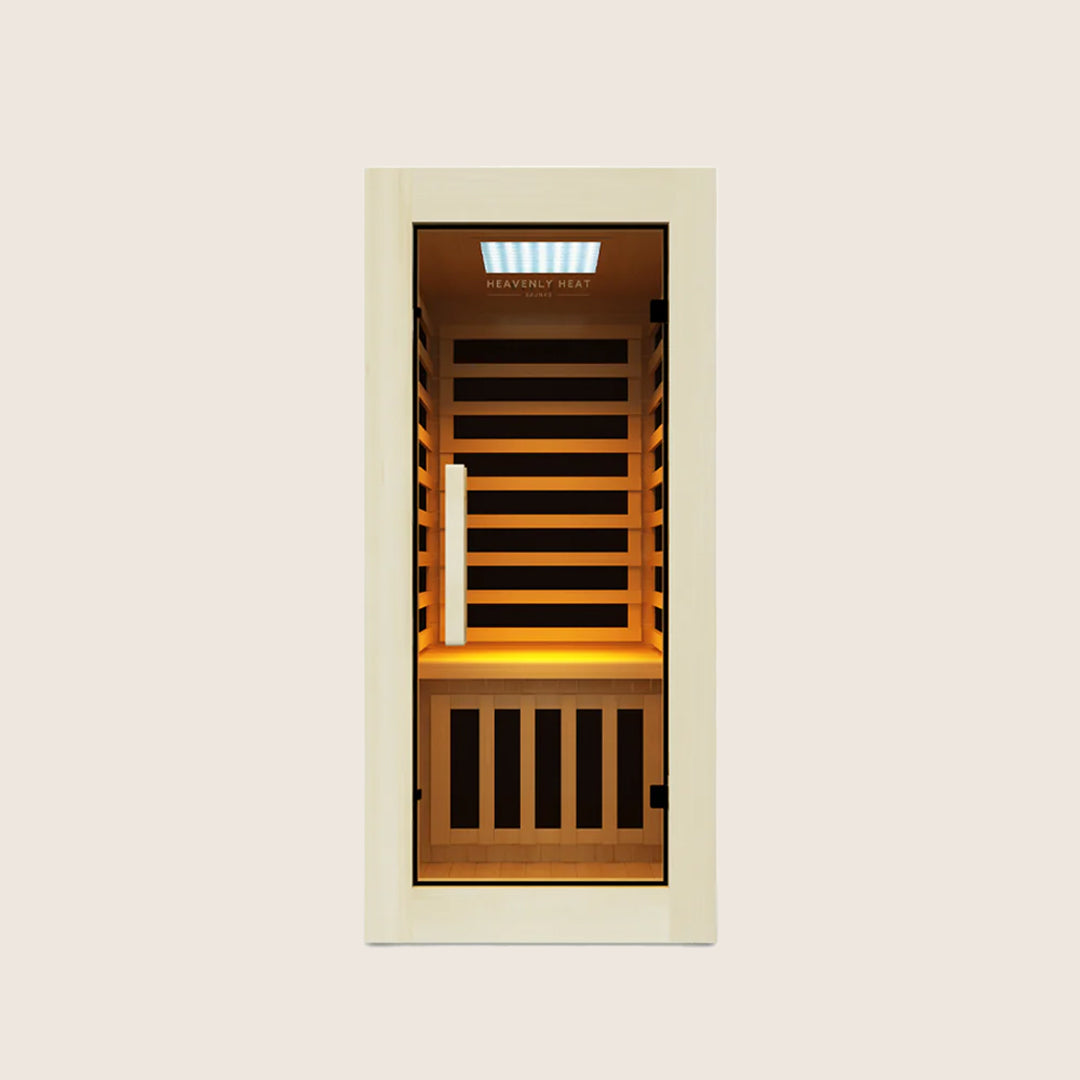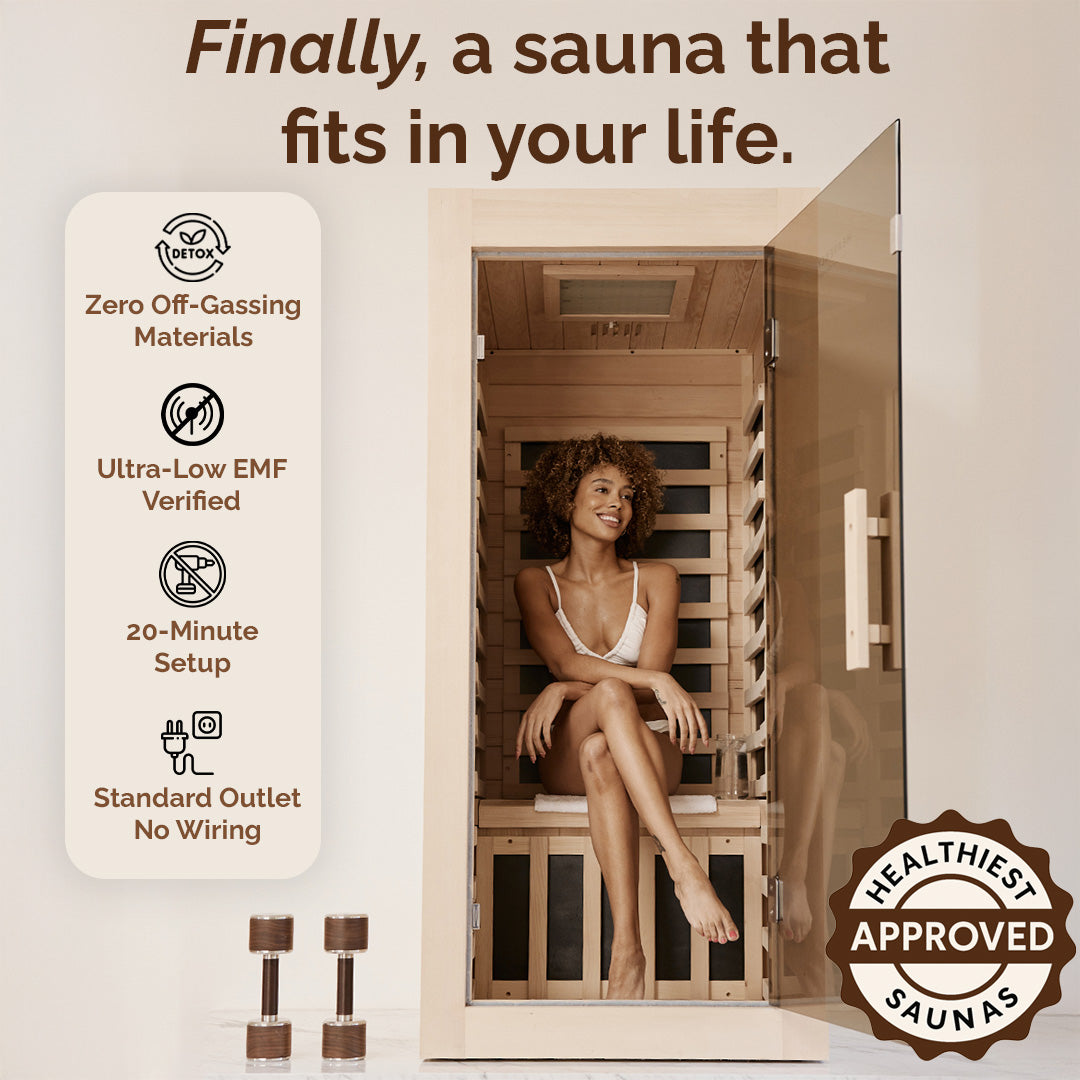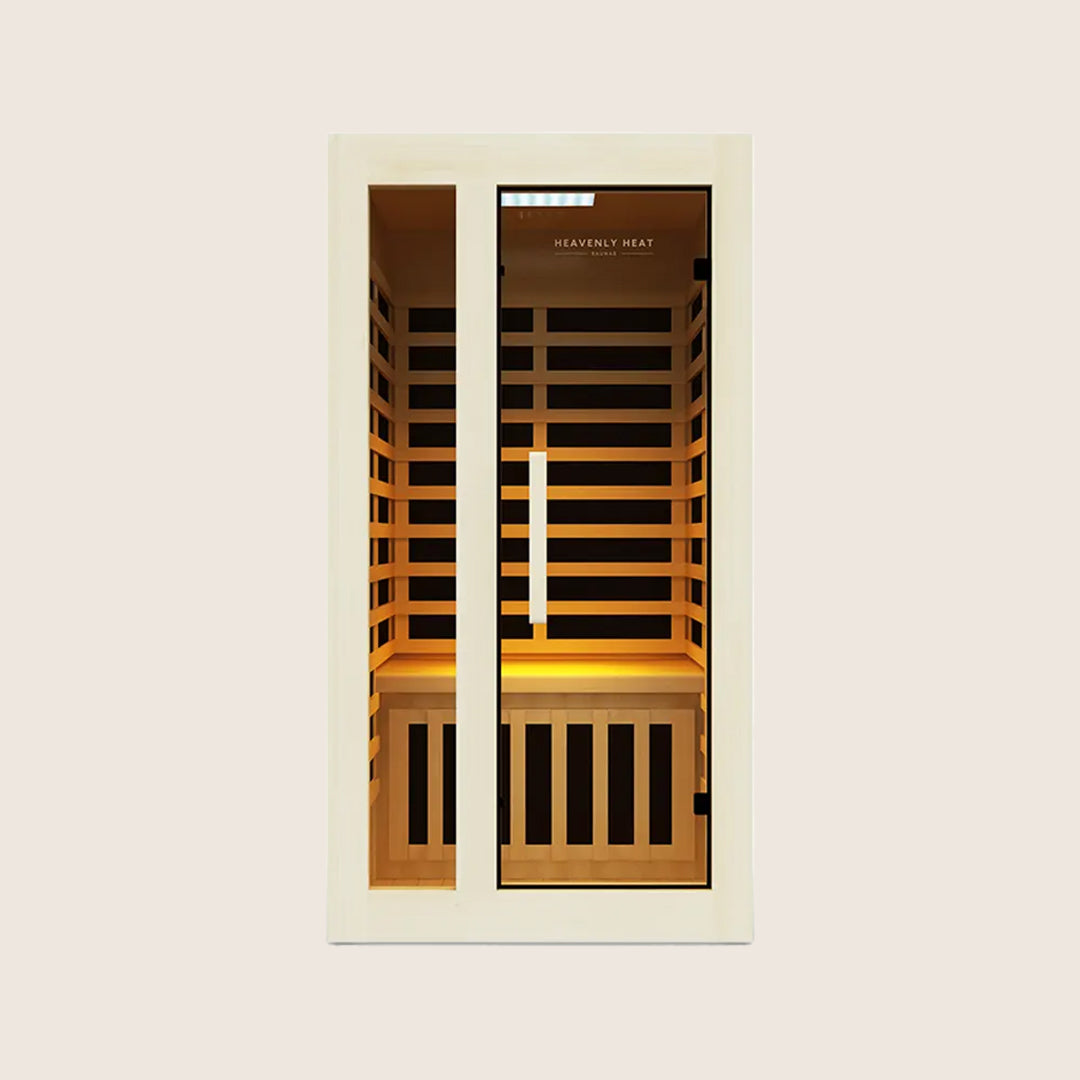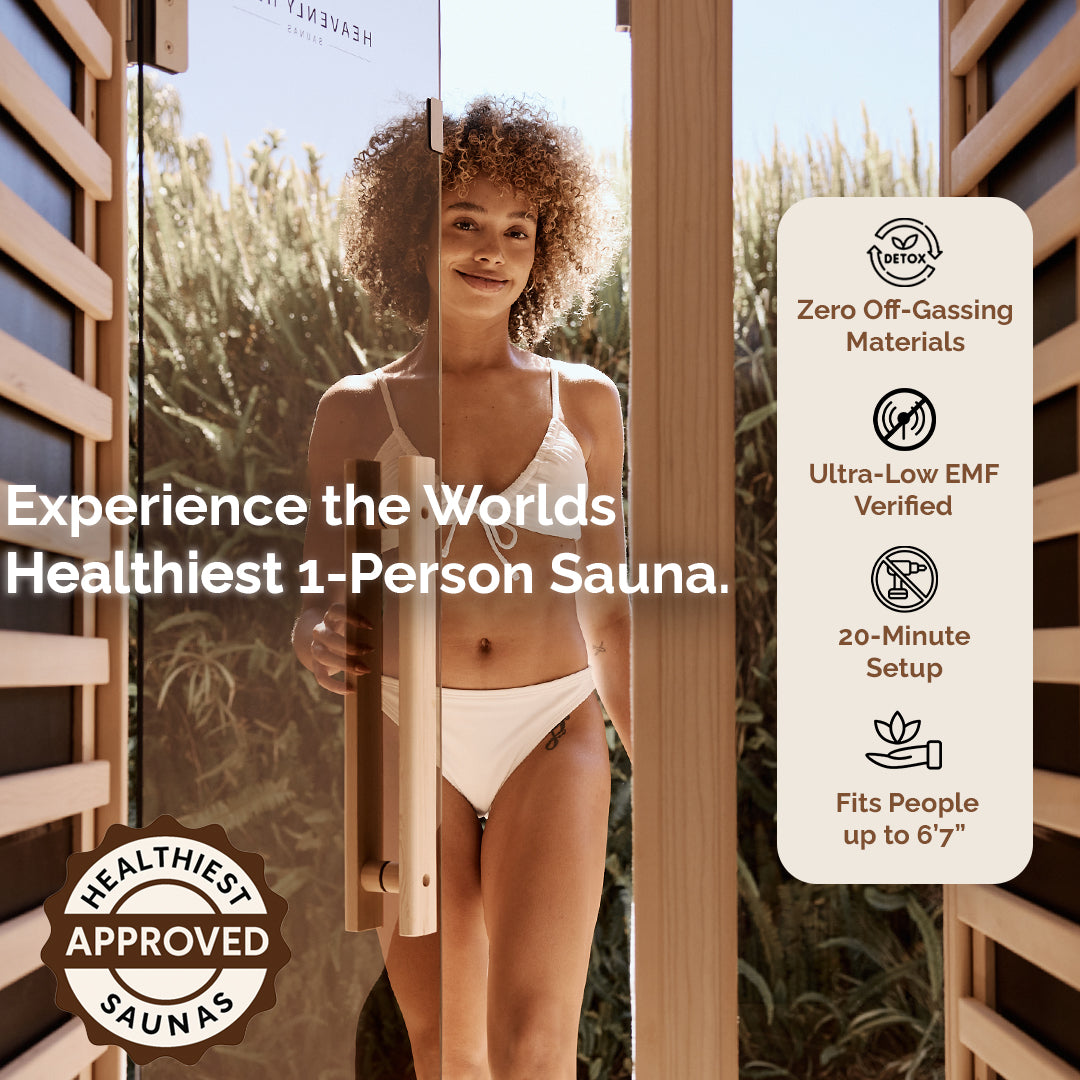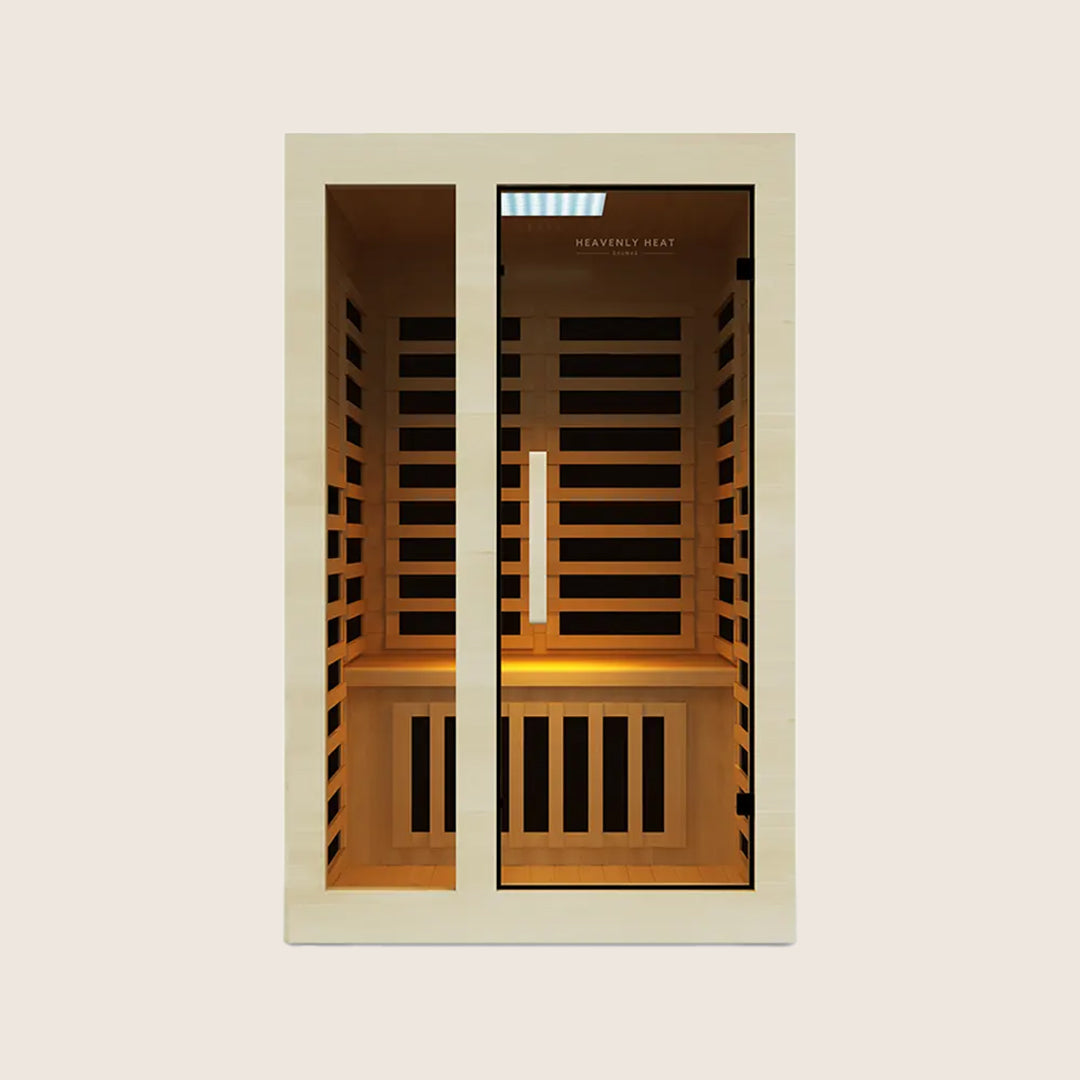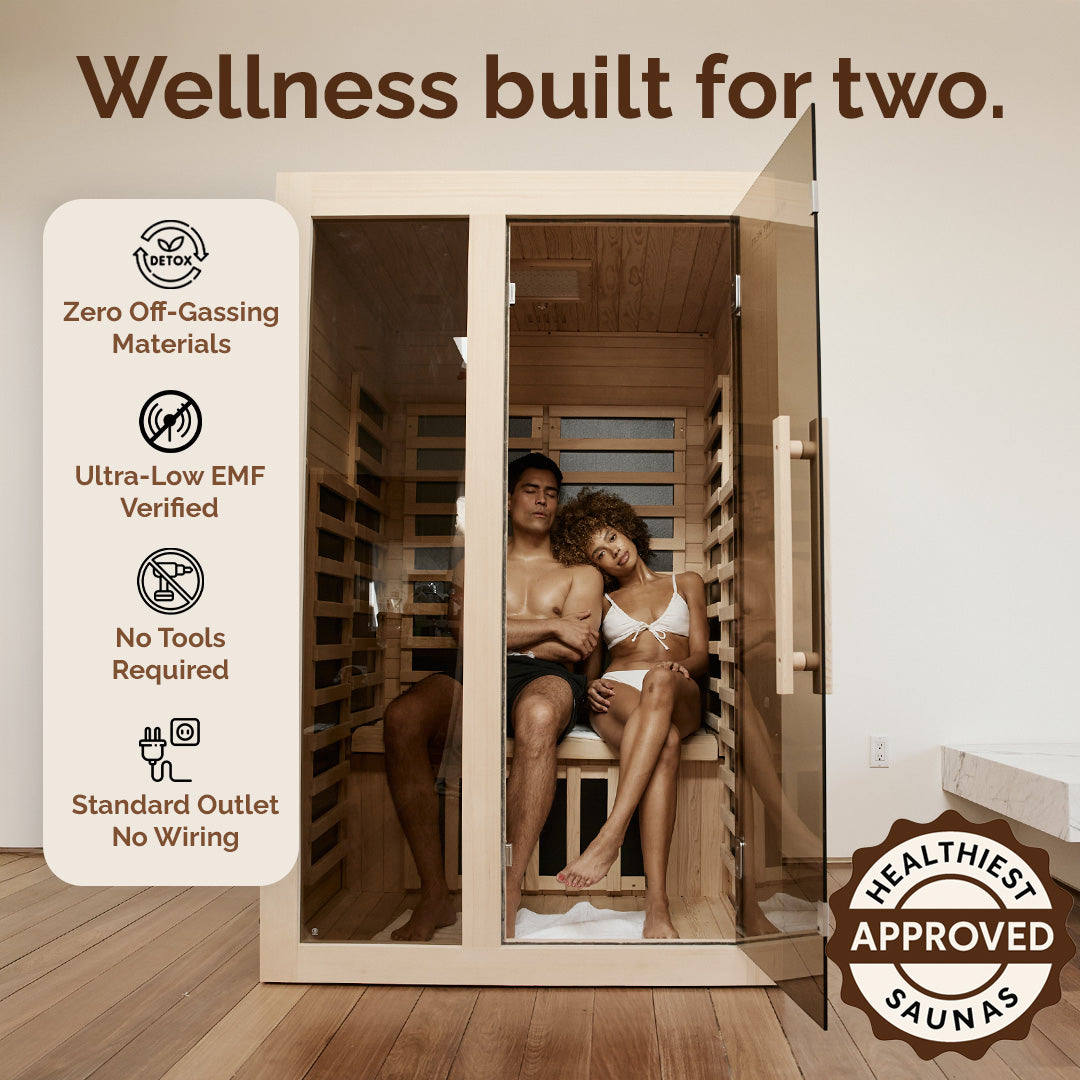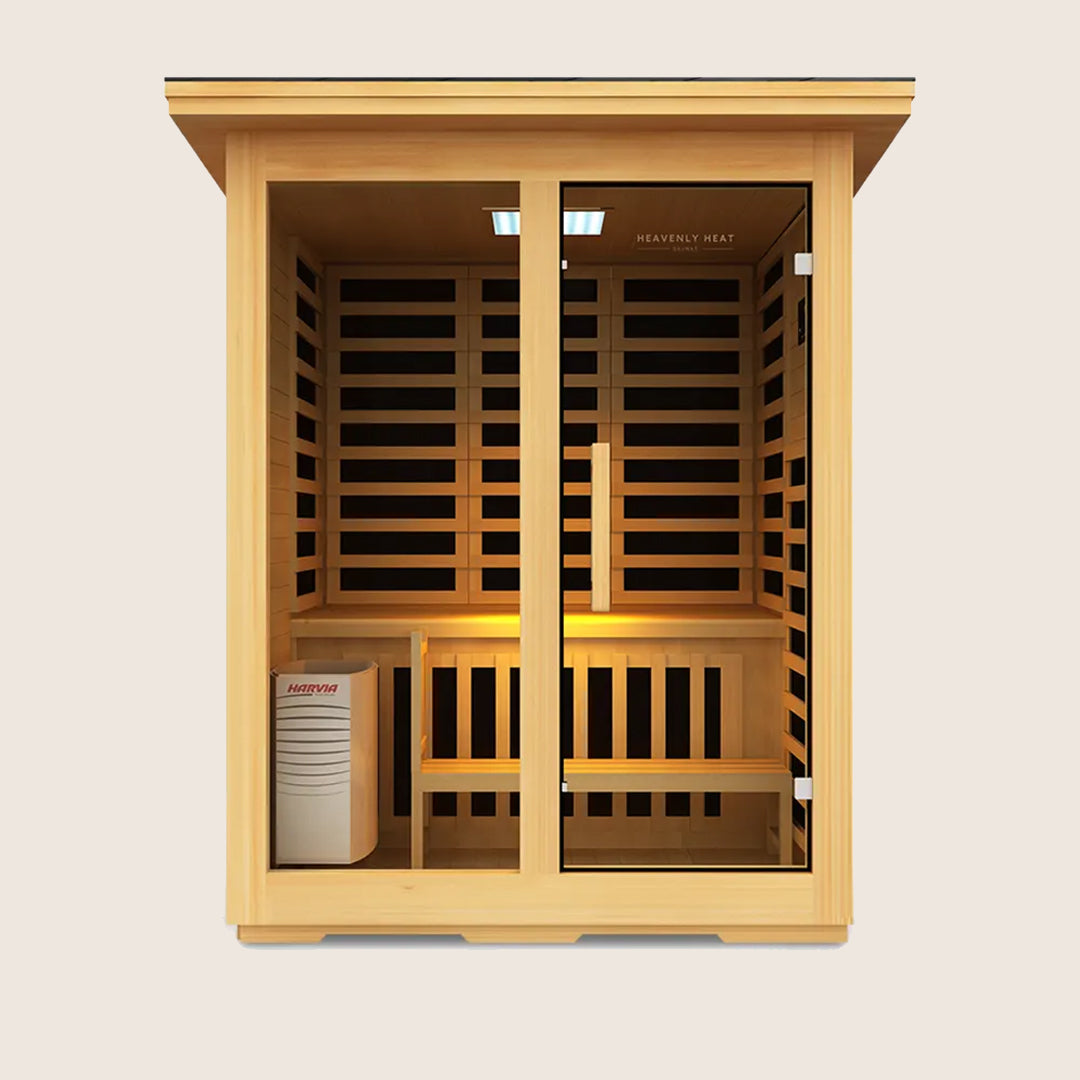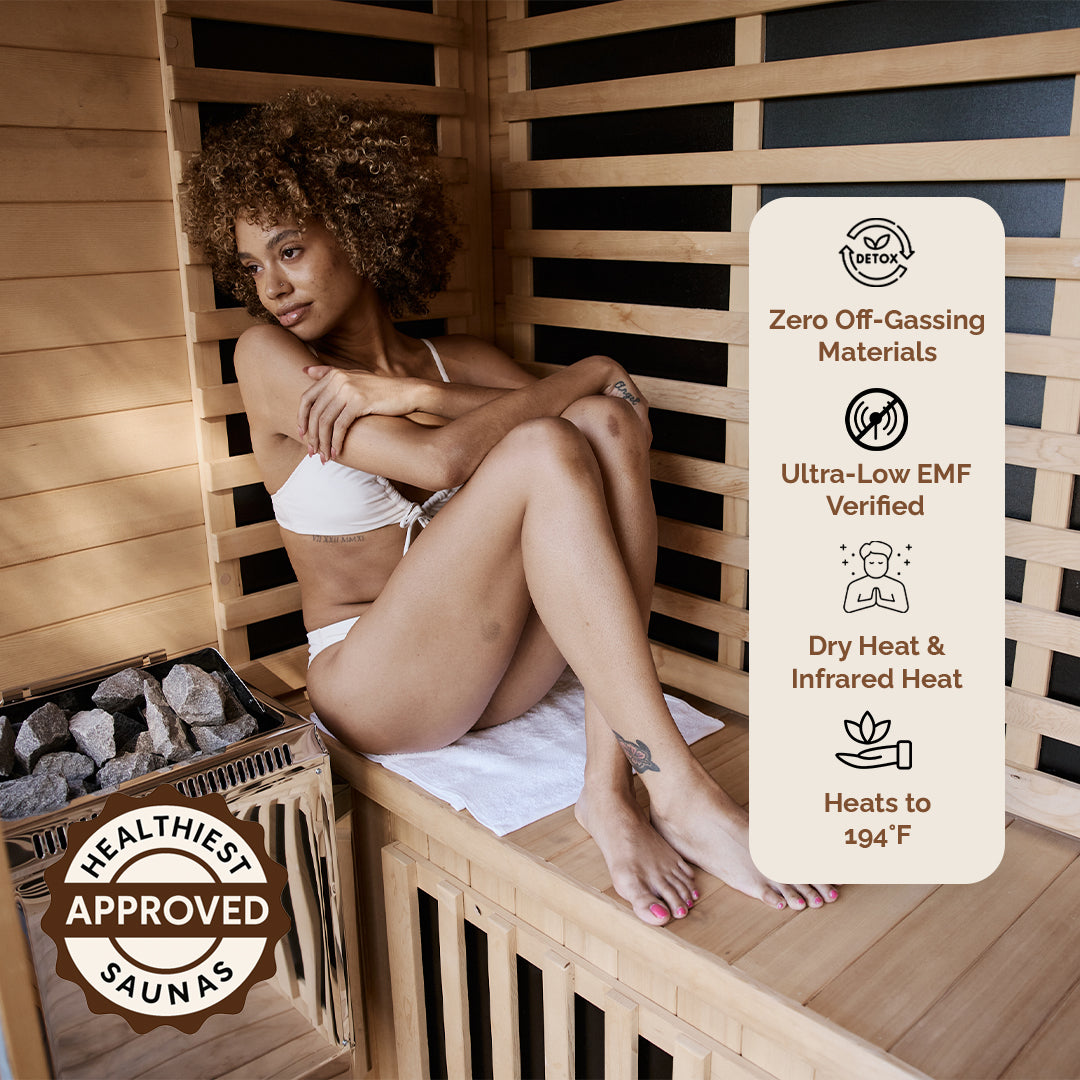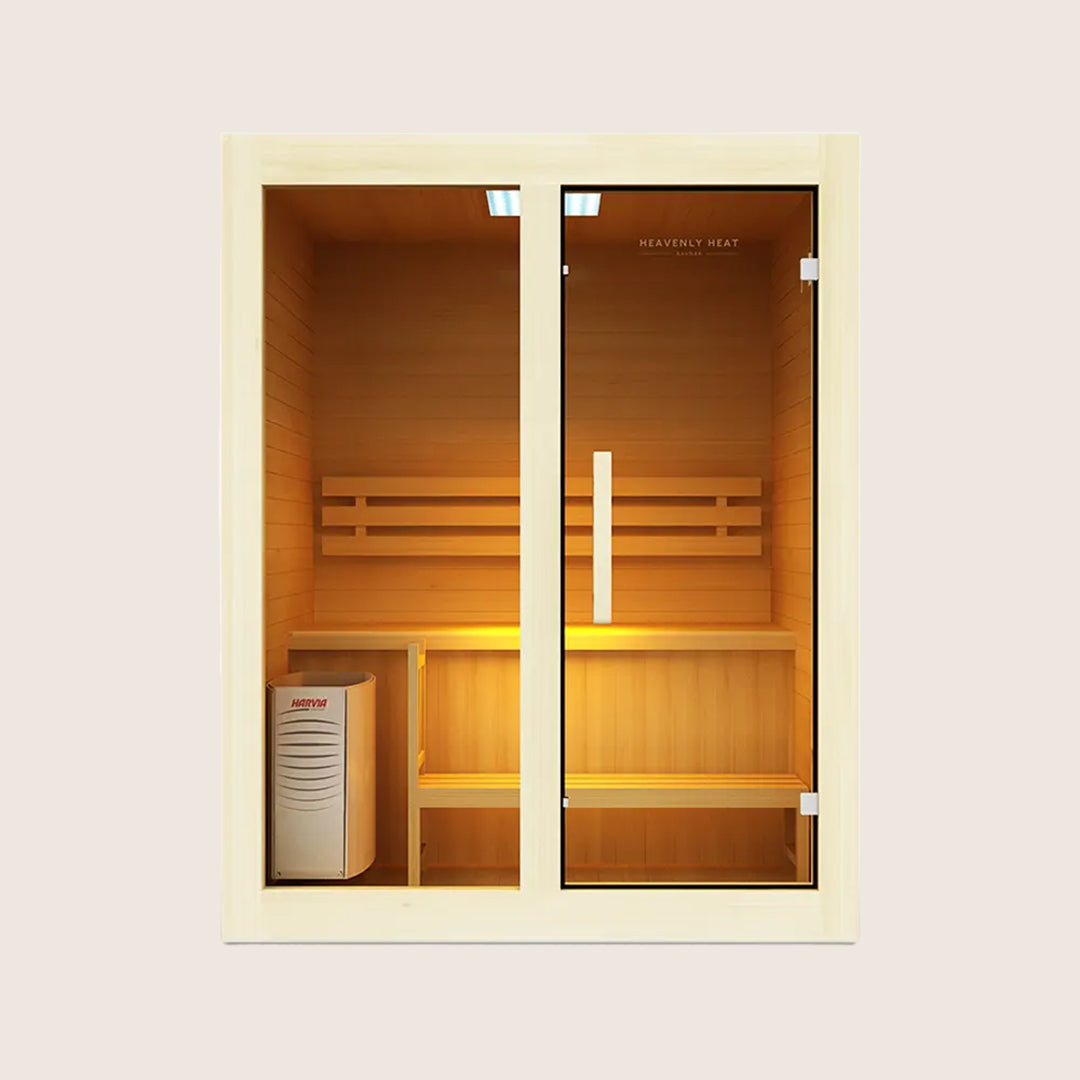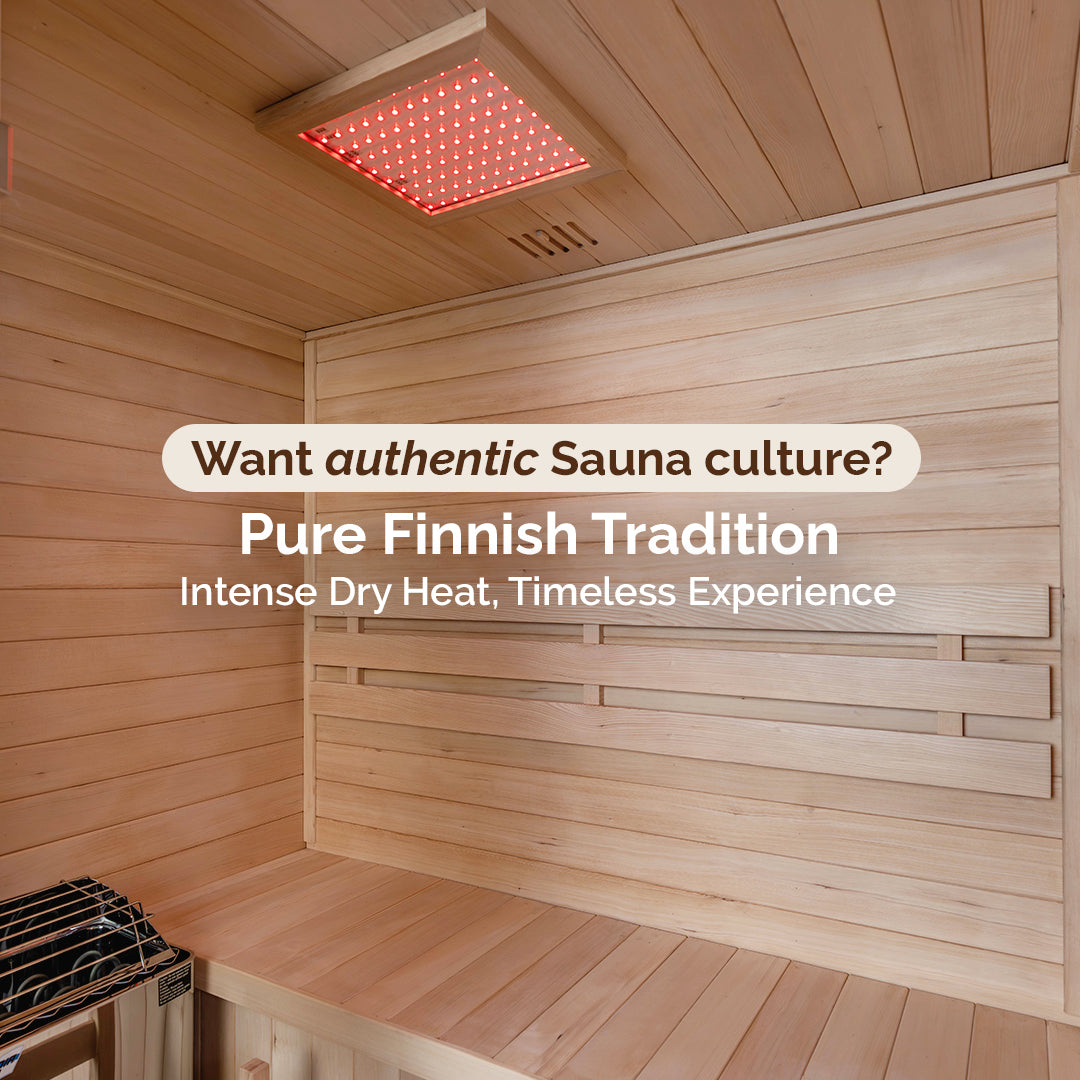25 Essential Cold Plunge Accessories for Beginners
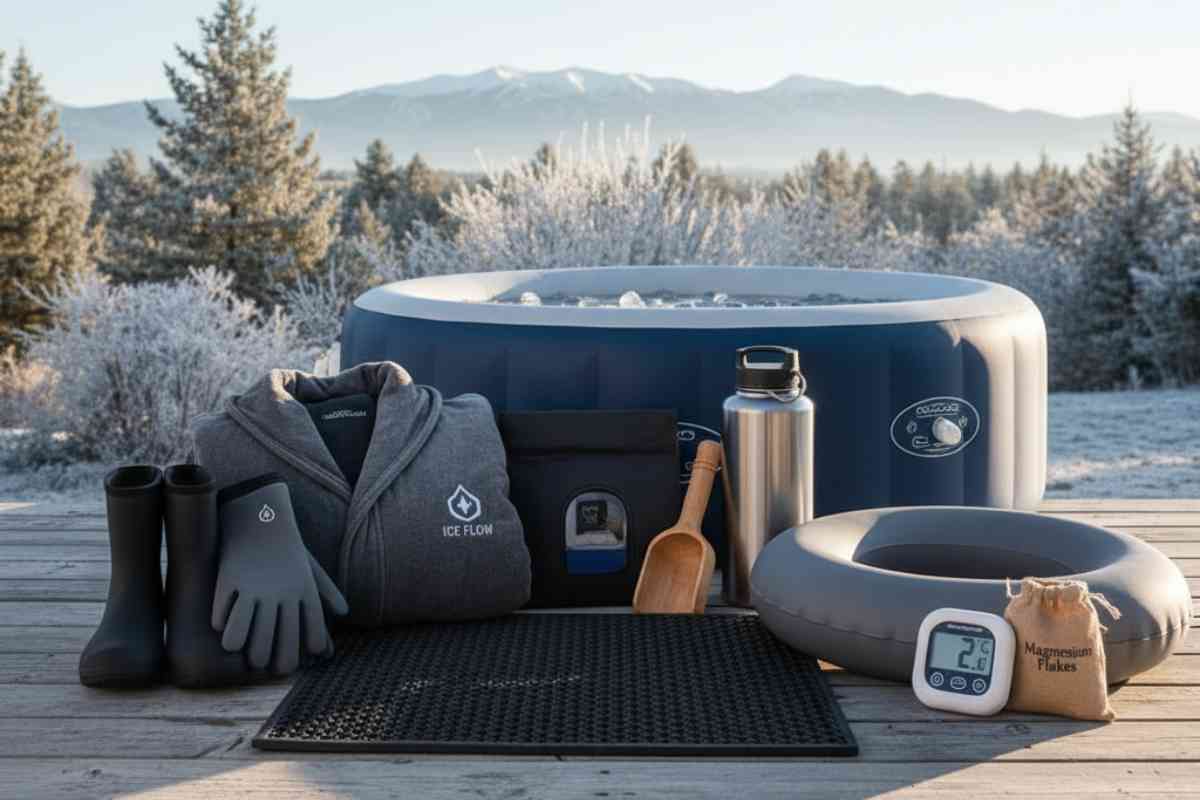
Jumping into a cold plunge can be thrilling, refreshing, and great for your health—but beginners need the right gear to stay safe and enjoy the experience.
From temperature tools to comfort accessories, each item makes your plunge easier, safer, and more effective.
Explore these 25 essential cold plunge accessories and take your first icy dip with confidence.
Table of contents
25 Essential Cold Plunge Accessories for Beginners
Insulated Cover
A protective lid that keeps cold plunge water cold and clean. Helps maintain water temperature, saves energy, and prevents debris from falling in. Always secure it properly to avoid accidents and check for wear before use.

Water Thermometer
For beginners, keeping your cold plunge water at the right temperature is crucial for safety and effectiveness.
Experts at the Cleveland Clinic recommend starting between 50 and 59°F (10 to 15°C), while more seasoned enthusiasts can gradually lower it to 39 to 50°F (4 to 10°C).
Dropping below 39°F (4°C) can be risky, potentially causing hypothermia or shock for those new to cold plunges.
A reliable water thermometer helps you monitor the temperature closely, alerting you to any unsafe shifts.
This not only keeps you safe but also ensures your sessions stay within a therapeutic range, maximizing recovery benefits.
Many thermometers even track temperature logs, supporting health standards and preventing issues like bacterial growth or unexpected scalding.
By paying attention to the water temperature, you can enjoy your cold plunge confidently, fully reaping its benefits without exposing yourself to unnecessary risk—just as the Cleveland Clinic emphasizes in its guidance for safe and effective cold exposure.
Water Circulation Pump
A water circulation pump is one of the most valuable accessories you can add to a cold plunge setup, especially if you’re just starting out.
Still water often develops warm and cool pockets, making your plunge inconsistent. A circulation pump solves this by constantly moving water through the chiller and back into the tub, keeping the entire plunge at a steady, refreshing temperature.
This constant flow also breaks up the thin layer of warmer water that naturally forms around your body.
Without it, you might not feel the full cooling effect. With it, every part of your skin stays exposed to crisp, cold water—helping reduce muscle soreness, speed up recovery, and maximize the therapeutic benefits.
Beyond comfort, circulation plays a major role in hygiene. As noted by the Pool Water Treatment Advisory Group (PWTAG), pumps are key for proper turnover, filtration, and disinfection.
Without strong flow, systems like UV or ozone can’t function effectively, leaving water quality compromised. In short, a circulation pump keeps your plunge colder, cleaner, and safer.
Step Ladder
A step ladder is a small, portable ladder that helps you safely enter and exit a cold plunge.
It prevents slipping and makes access easier. Ensure it’s stable and placed on a flat surface to avoid accidents.
Anti-Slip Mats
When starting your cold plunge journey, safety should be your top priority—and anti-slip mats are one of the easiest ways to achieve it.
These mats create a stable, secure surface that helps prevent slips and falls in wet conditions, giving you confidence every time you step in or out of the tub.
Beyond safety, they also add comfort underfoot, making your plunge routine smoother and more enjoyable.
Many high-quality mats feature textured, non-slip foam surfaces that maintain strong traction, even when wet.
They’re water-resistant too, helping to repel moisture, reduce mildew, and stay effective over time.
Durable by design, anti-slip mats can handle constant exposure to damp conditions without wearing down.
Whether you place them at the edge of your plunge tub or across the surrounding floor, they provide both peace of mind and long-lasting practicality—making them a must-have for beginners.

Towels
Stepping out of a cold plunge, the first thing you’ll want is a good towel. Drying off quickly is important—if water lingers on your skin, your body loses heat faster, making it harder to warm back up.
A soft, absorbent towel makes the process easier and more comfortable. Cotton bath towels are a timeless choice because they’re gentle on the skin and soak up water well.
If you prefer something lightweight and travel-friendly, microfiber towels are excellent—they dry fast, pack small, and are easy to carry.
For sensitive skin, choose a softer fabric and pat dry rather than rub to avoid irritation. While there’s no evidence that warm towels alone improve recovery, experts recommend focusing on thorough drying, dressing in warm layers, and letting your body reheat gradually.
Avoid rushing the process with sudden heat; instead, steady rewarming supports circulation, eases stress, and allows you to fully enjoy the benefits of cold water therapy.
Waterproof Timer
When you’re new to cold plunging, one of the best tools you can bring along is a waterproof timer.
Experts recommend beginners start small—just 30 seconds to a minute—then slowly build up to 5–10 minutes as their body adapts.
The colder the water, the less time you need to feel its impact. For instance, even a quick 20-second dip in water around 40°F can spark a surge of adrenaline, while longer plunges in slightly warmer water may boost dopamine, leaving you energized, focused, and resilient.
Using a timer ensures you don’t lose track of time—something that’s easy to do when you’re shivering and counting breaths.
It keeps your practice safe, structured, and effective by helping you avoid risks like dizziness or hypothermia. Think of it as both your safety net and progress tracker.
By monitoring your time, you’ll stay consistent, push your limits responsibly, and build the mental and physical toughness that makes cold plunging so powerful.
Nose Clips
Cold plunges can trigger an instant gasp as your body hits the icy water. While natural, this reflex often forces water into the nose, leading to irritation, discomfort, or even the risk of aspiration. For beginners especially, this can be distracting and make it harder to settle into the experience.
Nose clips provide a simple, effective fix. By sealing the nostrils, they block water entry and help you focus on calm, controlled breathing—crucial for easing the shock of cold immersion.
Many swimmers and athletes use them for the same reason, reporting greater comfort and fewer distractions during underwater activity.
Although there aren’t direct studies linking nose clips to reduced sinus discomfort in cold plunging, experts note that cold water can cause nasal obstruction and inflammation.
Simple habits like staying hydrated, rinsing with saline, or using warm compresses afterward can also minimize irritation.
Combined with mindful breathing and gradual immersion, a nose clip becomes a small yet valuable tool for making your cold plunge safer and more comfortable.
Ear Plugs
Ear Plugs are small devices that fit in your ears to block water. They help prevent water from entering the ears during cold plunges, reducing infection risk. Ensure they fit properly and stay clean to avoid ear irritation or discomfort.
Bathrobe
A bathrobe is a soft, comfortable garment worn after bathing or cold plunges. It helps warm your body quickly and keeps you cozy after exiting cold water. Ensure it’s dry and non-slippery to avoid accidents.
Insulated Gloves
Insulated Gloves are warm, protective gloves designed to keep your hands comfortable in cold water.
They help prevent numbness and improve grip during cold plunges. Avoid wearing damaged gloves, and ensure they fit well to prevent water from seeping in.
Water Filter
A water filter is one of the most important accessories for your cold plunge. Without proper filtration, bacteria can multiply quickly, creating slippery biofilm on the walls and exposing you to harmful pathogens.
Dirt, hair, and other debris also build up in the water, clogging the pump and reducing its efficiency over time.
High-quality filters, especially those using reverse osmosis, can remove up to 95–99% of solid contaminants.
This keeps your water cleaner, fresher, and much safer to use. Experts recommend filtering or replacing the water every four to eight weeks, depending on usage, to avoid buildup and maintain quality.
Skipping filtration not only increases the risk of skin irritation, rashes, and infections but also makes the plunge less inviting.
Beyond hygiene, unfiltered water can carry harmful bacteria like E. coli. Pairing your plunge with a reliable filtration system ensures your water stays clear, your equipment lasts longer, and every session feels refreshing, safe, and sustainable.
Spa Chemicals
Spa Chemicals are substances used to keep cold plunge water clean and safe. They help prevent bacteria and algae growth, ensuring a hygienic experience.
Always follow the instructions carefully, wear gloves when handling, and store chemicals safely away from children.
Floating Thermometer
When starting cold plunges, one of the first accessories you’ll want is a floating thermometer.
Experts suggest that the best water temperature for recovery and easing muscle soreness usually ranges from 50 to 59°F (10–15°C).
Still, preferences differ—some people plunge anywhere from 38 to 60°F. For beginners, knowing the exact temperature is critical.
Going too cold too soon can lead to risks like hypothermia, cardiovascular stress, or even cold shock—a sudden reaction that may trigger rapid breathing, spikes in heart rate, or temporary loss of muscle control.
That’s why having a reliable thermometer, such as the Freeflo Club floating thermometer, is so important.
It removes the guesswork and helps you stay in a safe, effective range. Most experts recommend not dropping below 40°F (4°C) when you’re just starting out.
By tracking the temperature, beginners can build tolerance gradually, enjoy the benefits of cold exposure, and make their plunges both safer and more rewarding.
Seat Cushion
A seat cushion is a padded support placed on the edge of a cold plunge tub for comfort. It makes sitting in cold water easier, reducing pressure on your back and hips. Ensure it’s water-resistant and doesn’t slip.
Waterproof Speaker
Bringing music into your cold plunge routine with a waterproof speaker can do more than just set the vibe—it can actually boost relaxation and reduce stress.
Research shows that listening to music, especially your favorite or calming classical tracks, lowers stress hormones like cortisol, slows heart rate, and even helps your body recover faster after the shock of cold water.
Music doesn’t just ease tension; it can also make the discomfort of the plunge more tolerable.
According to The Journal of Pain, participants listening to their favorite music during cold exposure reported higher pain thresholds and less negative thinking about pain compared to silence or white noise.
This means music not only improves mood but also makes the cold feel less overwhelming.
To get the best experience, choose a waterproof speaker with at least an IPX4–IPX7 rating, depending on water exposure.
Higher ratings like IPX7 can handle full submersion, while IPX4 protects against splashes.
Durable materials, long battery life, and safe decibel levels ensure your speaker keeps the tunes flowing, making plunges soothing and enjoyable.
Storage Bin
A storage bin might not be the first thing you think of when starting cold plunging, but it’s one of the most practical accessories you can have.
Items like filters, pumps, thermometers, and gloves are easily damaged by dust, insects, or even UV rays if left out in the open.
A bin keeps everything organized, clean, and safe from wear and tear. It also protects gear from temperature swings—helping prevent plastics from cracking in the cold or warping in the heat.
For the best durability, go with bins made from HDPE rather than polypropylene, since HDPE holds up better in freezing conditions.
Sealed bins or vacuum-sealed bags add another layer of protection against moisture, mold, and bacteria, while tossing in a few silica gel packets helps keep things extra dry.
Proper storage not only extends the lifespan of your equipment but also keeps your water cleaner and ensures that everything works smoothly whenever you’re ready to plunge.
Essential Oils
While essential oils won’t directly speed up muscle recovery after a cold plunge, they can enhance the overall experience.
Cold immersion itself is well-proven to reduce inflammation, soreness, and muscle damage while restoring strength and power.
Essential oils, meanwhile, shine in aromatherapy—helping to ease stress, calm the mind, and reduce pain.
Oils such as thyme, ginger, and eucalyptus carry anti-inflammatory and soothing benefits, while fennel and bergamot may support circulation and swelling reduction.
Rose oil has even been linked to lowering pain levels, and clove oil’s eugenol is still valued in dental care for its natural numbing effect.
Beyond the physical, uplifting scents like peppermint and citrus can trigger serotonin release, improving mood and helping you mentally reset after the shock of cold water.
When combined, cold plunges restore the body and essential oils uplift the mind, creating a more balanced and restorative recovery ritual.
Recovery Roller
Using a recovery roller after a cold plunge can be a real game-changer for muscle recovery.
Research from Moradi & Monazzami (2020) highlights that foam rolling may even speed up recovery more effectively than cold-water immersion alone, thanks to its ability to boost blood flow, ease inflammation, and reduce swelling tied to muscle soreness.
While exact numbers on athletes combining both methods are scarce, each on its own is already proven to ease Delayed Onset Muscle Soreness (DOMS).
Cold plunges help cut down pain, stiffness, and tenderness, while foam rolling lowers pain sensitivity and promotes faster healing.
When paired together, they create a potential recovery synergy, even if the data is still emerging.
Additional studies—such as those by Mardnik et al. (2017) and Janker et al. (2015)—further show foam rolling improves circulation, flexibility, and mobility by releasing tight fascia and enhancing vascular function.
For beginners, integrating a cold plunge with a recovery roller offers a simple, practical way to minimize soreness, recover faster, and prepare the body for the next workout.
Insulated Cup
A cup designed to keep drinks hot or cold for longer periods. Helps you enjoy warm beverages before or after a cold plunge, aiding comfort and recovery. Avoid using boiling liquids to prevent burns.
Waterproof Notepad
A waterproof notepad is a small, water-resistant notebook that stays dry even when wet. It helps track progress, note feelings, or log temperatures during cold plunges. Keep it secured to avoid losing it in water and use non-toxic pens.
Knee Pads
When you think about stepping into a cold plunge, knee pads probably aren’t the first accessory that comes to mind—but they can make a surprising difference.
A study featured in the Annals of Medicine and Surgery found that cold therapy after knee surgery, such as arthroplasty, greatly improves pain relief and functional recovery without additional risks.
While pads don’t directly reduce joint pressure, they provide valuable cushioning and insulation, protecting your knees from the hard tub surface.
This simple layer of comfort makes both sitting and entry much easier, especially for beginners.
Pairing knee pads with the natural benefits of cold immersion—like reduced swelling, inflammation, and pain through vasoconstriction—enhances overall safety and recovery.
Many physical therapists highlight products such as the Active Ice® Full Circumference Knee Pad, designed with 360-degree coverage and secure fastening for targeted support.
For newcomers to cold plunging, knee pads are more than just gear; they’re a practical way to protect sensitive joints, boost comfort, and help you ease confidently into your new routine.
Cold Packs
Cold Packs are reusable gel or ice packs that stay cold for a long time. They help soothe sore muscles and reduce inflammation after a cold plunge. Avoid direct skin contact for too long to prevent frostbite or skin irritation.
Journal
is a notebook for recording experiences. Using a journal with cold plunge routines helps track progress, note benefits, and reflect on feelings. It boosts motivation and consistency. Keep it dry and away from water to avoid damage.


